SUMMARY
This is AI generated summarization, which may have errors. For context, always refer to the full article.
![[Time Trowel] Was there a Philippine Kingdom named ‘Kalaga Putuan Crescent’?](https://www.rappler.com/tachyon/2024/04/Kalaga-Putuan-Crescent-april-23-2024.jpg)
A trowel (/ˈtraʊ.əl/), in the hands of an archaeologist, is like a trusty sidekick – a tiny, yet mighty, instrument that uncovers ancient secrets, one well-placed scoop at a time. It’s the Sherlock Holmes of the excavation site, revealing clues about the past with every delicate swipe.
Archaeology is not just about digging up artifacts; it’s a gateway to understanding our complex past. However, archaeology in the Philippines faces hurdles like limited research funding and public awareness, which hinder our ability to fully appreciate our rich heritage. Without adequate resources and attention, our archaeological endeavors are severely hampered, leaving countless stories buried beneath the sands of time.
Compounding this issue is the scarcity of systematic excavations across the Philippines. With over 7,000 islands comprising our nation’s geography, conducting thorough archaeological explorations becomes a Herculean task, both logistically and financially. As a result, large swathes of our history remain untouched and unexplored.
Furthermore, there’s a tendency to favor grand historical narratives over the smaller, everyday discoveries that offer invaluable insights into past societies. This preference often stems from nationalist agendas, promoting a sanitized view of history that overlooks the nuances and complexities of our shared past. By neglecting these smaller finds, we risk distorting our understanding of the past and perpetuating narrow interpretations that fail to capture the full spectrum of human experience.
Take, for instance, the controversy surrounding the elusive Kalaga Putuan Crescent (KPC) – a purported kingdom located in what we now know as Butuan in Agusan del Norte. The mere mention of this kingdom has the potential to rewrite the narrative of pre-colonial Philippine history. A recent study delves into the depths of this “lost kingdom,” intertwining genetic and archaeological evidence in an impressive attempt to unveil the mysteries of precolonial Philippine culture.
This publication projects optimism, advocating for the power of scientific archaeology in the Philippines. Yet, amid the excitement, there’s a shadow of controversy, which highlights the need for more stringent, ethical research practices in archaeology to ensure our cultural artifacts are not misused or misrepresented.
As an example, the article used Chinese tradeware ceramics to argue about the age of the sites mentioned. Chinese tradeware ceramics are like time capsules, helping to date archaeological sites in the Philippines and piece together its history. Yet, there’s a pressing concern that can’t be ignored: where these ancient items come from matters. The article overlooks a critical point – were these ceramics responsibly dug up by archaeologists, or were they bought from questionable sources that might ignore ethical standards?
By not addressing this, we risk tolerating potentially harmful collecting practices, which could encourage the looting of historical sites. It’s crucial to ensure that these pieces are gathered in a way that respects both history and the law. After all, our understanding of the past hinges not just on the artifacts we find, but on the stories of how they were found.
As such, when we write and publish about history, we must be guided by ethics just as much as facts. It’s not enough to showcase ancient finds; publishers and researchers have a duty to ensure they’re not spotlighting relics tainted by the black market. By strictly adhering to ethical standards, academic publications can take a stand against the shadowy trade of cultural artifacts. Only then can we truly honor the past’s legacy and protect it for future generations.
As we navigate the intricacies of Philippine archaeology, we must remain vigilant guardians of our cultural heritage. By upholding rigorous ethical standards, we not only ensure the responsible dissemination of information but also safeguard the integrity of our shared history for generations to come.
The Austronesian link
The article boldly connects Austronesian migration to events just a thousand years in the past, potentially compressing a complex history of five millennia into a too-concise summary. The reliance on linguistic and genetic evidence might not fully capture the complex dynamics of human migration, often overlooking the contributions of pre-existing populations and simplifying migration patterns as linear and unidirectional.
The article does make an important point about how genetic research can inform our understanding of the past. Yet, it’s important to remember that even DNA has its storytelling limits. These genetic narratives, like any other, can be colored by the lenses through which we look at them – either from dominant politics or the unintentional shade of a researcher’s own perspective.
A stark reminder of the power such interpretations hold comes from Jean-Paul Demoule’s “The Indo-Europeans,” which recounts a grim chapter where the misuse of such theories underpinned the horrors of Nazi ideology.
Therefore, it’s not just important but essential for researchers to examine their methods with a critical eye and invite cross-disciplinary checks. This ensures their findings don’t just stand up to scrutiny but mirror the complexities of history. After all, history is rarely a straight line – it’s more of a dance, with steps backward, forward, and often, in a completely unexpected direction.
The KPC and Philippine archaeology and history
In the virtually unexplored breadth of Philippine history, the Kalaga Putuan Crescent (KPC) article offers a glimpse of the intricacies of maritime trade routes that crisscrossed our archipelago long before the arrival of colonizers. It’s a story that not only deepens our appreciation of pre-colonial times but also raises important questions about how we engage with our cultural heritage today.
But like any good story, the KPC narrative is not without its twists and turns. While it offers valuable insights, it also forces us to confront the ethical shadows lurking in the world of artifact collection and interpretation. Are we truly treating these remnants of our past with the reverence they deserve? Are we presenting our findings with integrity and transparency?
In archaeology, these questions shouldn’t be mere footnotes – they’re the very foundation upon which our understanding of history is built. That’s why it’s imperative that historical publications should lead the charge in championing ethical practices. We must handle cultural artifacts with the utmost care, and our research methodologies should be as meticulous as they are transparent.
But the story doesn’t end there. The KPC article serves as a catalyst for a broader conversation about the need to expand our work. It’s not just about understanding the past; it’s about reshaping our future. In this sense, our national agencies that focus on culture and heritage, like the National Museum of the Philippines and the National Commission for Culture and the Arts should embark on thematic research programs that spans the nation.
These programs should bring together experts from diverse disciplines to identify and study similar cultural and historical complexes across the Philippines. But here’s the twist: it shouldn’t be a top-down endeavor. Local communities would be integral partners in this project, offering their insights and perspectives to improve our understanding of the past.
By facilitating collaboration and inclusivity, this coordinated effort would not only deepen our knowledge of Philippine archaeology but also empower communities to take ownership of their cultural heritage. It’s a story of discovery, yes, but it’s also a story of resilience and pride – a story that’s waiting to be told. – Rappler.com
Stephen Acabado is professor of anthropology at the University of California-Los Angeles. He directs the Ifugao and Bicol Archaeological Projects, research programs that engage community stakeholders. He grew up in Tinambac, Camarines Sur. Follow him on IG @s.b.acabado.
Add a comment
How does this make you feel?
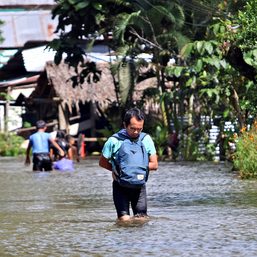
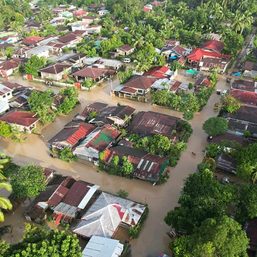
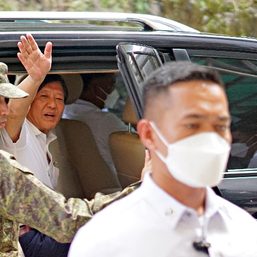
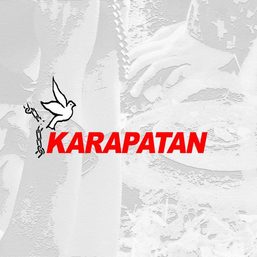

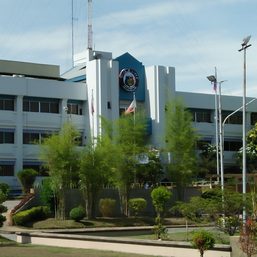

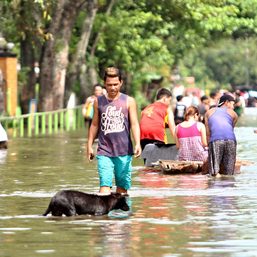
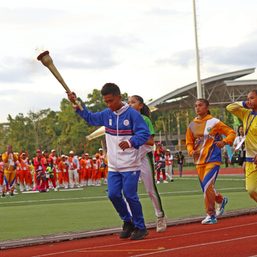
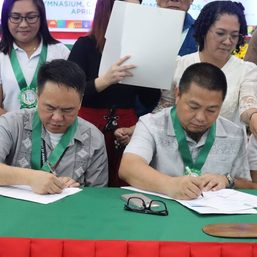

There are no comments yet. Add your comment to start the conversation.